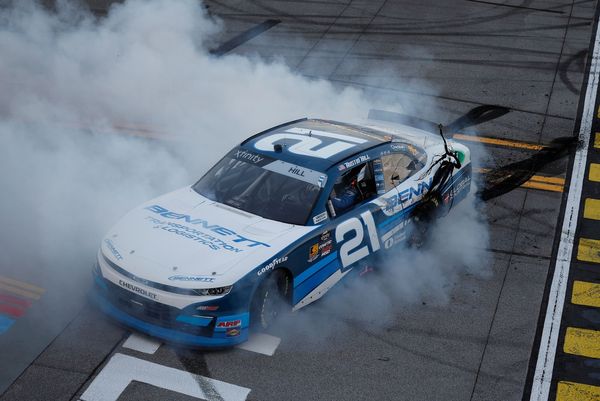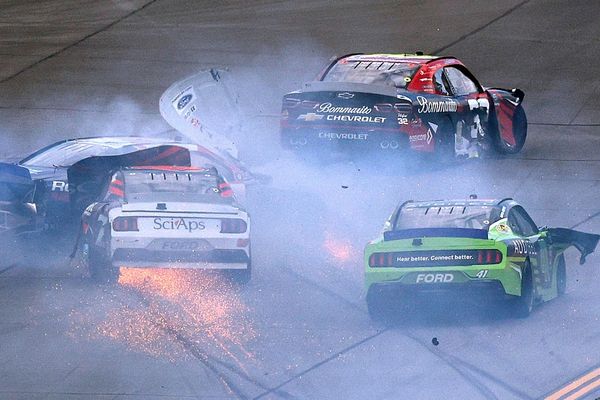We all know how good fast food burgers look in the pictures: sumptuous patties, oozing cheese and crisp, fresh lettuce. But do the real-life versions look anything like they do on the menu? We put chains in Australia to the (very unscientific) test, rating the McDonald’s Big Mac, the KFC Zinger Burger and the Hungry Jack’s Whopper.
The latter of the three is the centre of controversy in the US, with a class action by customers accusing Burger King of making its Whopper on the in-store menu boards look larger than the real burgers.
Customers allege Burger King portrays its burger with ingredients that “overflow over the bun”, making it look 35% larger and containing more than double the meat that is actually served. McDonald’s is also defending a similar lawsuit in the Brooklyn federal court in New York.
All this makes us wonder if the same thing is happening here.
(Note to reader: Hungry Jack’s is the franchisee of Burger King in Australia – they are the same restaurant. The story goes that when the branch opened in Australia in 1971, the name was taken by another burger joint.)
In a battle to the death, reporter Rafqa Touma (that’s me) pits the Big Mac, Zinger and Whopper against each other, assessing each against a strict set of criteria (formulated from nothing more than what I personally think makes a good, quick burger).
Move the slider on the images below to compare each burger on the menu with the burger we tested.
Elements assessed are the patty-to-bun ratio, the structural integrity of the bun, the generosity of condiments and the overall aesthetic – including colour, fullness and presentation.
Then, each burger has been given a score out of four.
Here are the results:
The Big Mac
Patty: The two beef patties are almost entirely hidden by bread and they do look a little thin – not at all the prominent juicy slabs I was promised on the menu.
Bun: The bun looks soft, as well as structurally sound, holding together many layers of meat and sauce well (until you pick it up).
Extras: With the lettuce and onion looking rather sparse, Maccas’ famous mystery sauce feels overwhelming, throwing the whole topping-to-sauce ratio off. The unnatural yellow of McDonald’s cheese is also not melting over the burger’s edges – I have to go searching through soggy sauce and meat to find it sitting flat and cold.
Overall: Every element feels a bit grey. The Big Mac looks messy, especially when trying to hold the thing up to your mouth. Unfortunately, it is not the double decker burger of my dreams.
Final score: 1.5/4
The Zinger
Patty: The fillet is generous and visible from beneath the bread, but the batter that is supposed to make the desired crunchy fried chicken coating looks rather soggy and shrunken in on itself (which makes me sad).
Bun: The bun is dreamily soft and holds the same fluffy cloud shape as advertised.
Extras: The lettuce and mayo combo does feel a bit messy, but it doesn’t deviate from what is promised on the menu.
Overall: Though a tad sloppy, the Zinger has the colour and structure I was anticipating. It doesn’t blow me away, but it doesn’t disappoint me either.
Final score: 2/4
The Whopper
Patty: The meat patty is rather thin, but it does reach out over the edges of the bun.
Bun: The bread has a lovely golden colour and glaze to it, as well as a generous dashing of sesame seeds (but it is not as tall as it appears on the menu).
Extras: Generously loaded with lettuce, tomato, thick onion slices, pickles and not too much mayo – my personal favourite selection of extras.
Overall: I would choose the Whopper out of all three burgers, because it looks the most … alive? Though the bun and patty are both flatter than what is pictured on the menu, the colours of each element are vibrant. It feels like I am holding a real burger.
Final score: 2/4
Bianca Christoff, the director of School of Styling, says that in the 1980s, there was more leeway on what could be done when photographing food.
“Back in the day you could actually change the food around, like use mashed potato for ice-cream,” she says. “You can’t do that kind of thing any more. The food actually needs to be the food.”
But there are ways to work with a product to make it look its best.
Some tricks of the food-styling trade include painting oil on a bun to create a gleam that says it has come straight from the oven, separating the layers of a burger – the lettuce, tomato and patty for example – with clear plastic cylinders to avoid a squashed appearance, and even undercooking a patty to make it look juicier than it would when fully cooked through.
Christoff also notes that once a burger has been wrapped in paper and sat under the hot lights of a fast-food restaurant counter, it will inevitably steam, leaving it looking less fresh and plump than the perfectly plated burger photographed for the menu.







